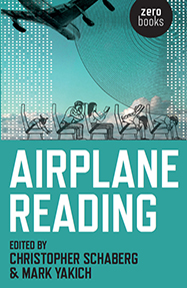When the airplane crashed in the meadow, I was on a walk to look for birds. My torso a crosshatch of straps: binoculars, camera, sling with water and treats for my dog, the leash. This montane meadow in the Colorado Plateau is also a primary feature of my daily walk. I startle when someone calls it a field—this land isn’t being worked or “improved”: that’s the difference between a field and a meadow. I should say, this land isn’t being tilled or grazed or paved over, at least not right now and not by humans. Slinky tunnels made of churned and sifted soil betray a vole metropolis.
Every morning I read the scenes I slept through: coyote tracks leading to a scatter of soil and snow, sometimes drops of blood, and there an opening into the tunnels. Coyote and elk tracks get wider and rounder with time. So now I have a story taking shape, filled with plot, characters, and time.
I place my step alongside an elk’s. Sometimes I am beheld. They watch me slip into their stride, knowing I will never keep up.
Camp Navajo, a training site and ammunitions depot for the U.S. Army, Reserve, and National Guard, resides well beyond the meadow—not anything I can see, but it’s there nonetheless—and sometimes military planes and helicopters fly low overhead. Surely they see me standing there, peering upward into the sun. But the airplane I noticed flying that day was small and noticeably sputtering over an 8000-feet peak at the meadow’s perimeter. I noticed the effort, and willed the little thing not to crash. But my silent prayer is nothing new.
Whenever I see something mechanical flying overhead, I’m afraid I’m about to witness a crash landing, or midair fiery explosion. I don’t even think I was in school the day my second-grade class watched the Challenger explode. But I’m convinced one day it will happen, that my fears will come true.
The first flight I ever took was with a priest. For years, I carried a rosary in my pocket for every takeoff and landing. Catholicism got me through the first time around, after all.
Camp Navajo also runs munitions tests. An explosion once sent me to the ground, taking cover in the meadow’s grasses as I waited for the mushroom cloud to form. Of course it didn’t. It wasn’t that kind of test. Not this time at least.
I keep not telling the story of the real crash landing. I need to set the scene, to clarify that I’ve been waiting for this to happen.
It turns out the sputtering airplane, the one I had noticed at the beginning of my walk, crashed. I was right this time, but I was out of earshot and sight when it actually happened. If the military craft would have been watching my path overhead, they’d see me trace a four-mile horseshoe: across the meadow from one angle, rounding through a ponderosa pine forest, back to the meadow from the parallel side. Right before the forest breaks, my eyes caught a glare, the meeting of metal and sun. I explained it away, must be the electrical pole that forms a seam across the meadow.
But the glare was an airplane that crashed into the meadow. A Cessna 210 Centurion on its way from Laughlin, Nevada, to Tulsa, Oklahoma. Its retractable landing gear wasn’t deployed, but instead, it had burst through the barbed-wire fence and skidded the length of, I don’t know, three football fields? A perfectly straight one-foot-wide channel carved through the snow traces the airplane’s bare belly from the moment it hit the meadow to where the grasses overtook its momentum and it finally stopped, just short of the tall chain-link fence that keeps the elk and me where we, respectively, belong. As much as I belong here at all.
A trinity of splintered wood was all that was left of the front propeller, but the rest looked fine, like a charismatic megafauna taking a rest before the next migration. Just two weeks before this encounter, an Army Black Hawk helicopter collided midair with an American Airlines jet. Both aircraft crashed into the Potomac killing all passengers and crew members. And a few days after that, a Learjet ambulance crashed in Northeast Philadelphia, killing everyone on board and one person who happened to be driving near the crash site. The afterimages, both real and imagined, still burned as my dog and I approached the quiet beast. I prepared myself for a slumped body, a bloody mess, but the cockpit was empty and nothing seemed out of place, except of course for the airplane itself. Footprints led from the airplane, across the meadow, to the nearest forest road. Sharp edges, recent.
The airplane rested there for a week. Where the pilot’s footprints had walked out, a flatbed truck drove in to take the airplane away. Just that morning, I had taken photos of mountain bluebirds perched on dried mullein under the Cessna’s left wing.
As I rattled off the names of plants and some birds on a walk with a friend visiting from California, she asked what it is I know differently, or better, when I learn and retain such taxonomies. I offered a loose interpretation of a point that Robin Wall Kimmerer makes in Braiding Sweetgrass, that to name someone (and this extends to more-than-humans in a way English refuses) is to honor their presence, who they are in the world. But the truth is, I’m just muddling my way through. Misnaming, misidentifying as much or more than I may get some right now and then.
The crashes over those two weeks, and those that have happened since, coincide with 400 FAA employees fired for the sake of something called government efficiency. The barbed-wire fence hasn’t been repaired. I’m hoping the elk will notice (I mean, of course they will) and cross there so they don’t have to jump so high. The tracks from the airplane and flatbed become more visible as the snow recedes, like the wagon-wheel traces across the Great Plains—the afterimage of colonial trespass.
Something happened there and here. Something will happen there and here. And I’m just making up stories to fill in the gaps.
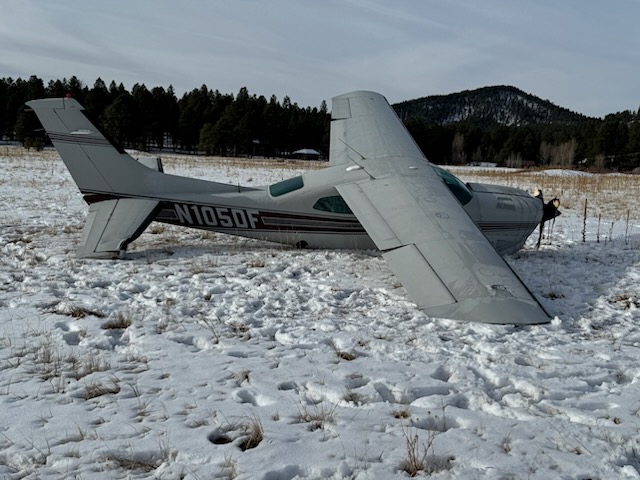
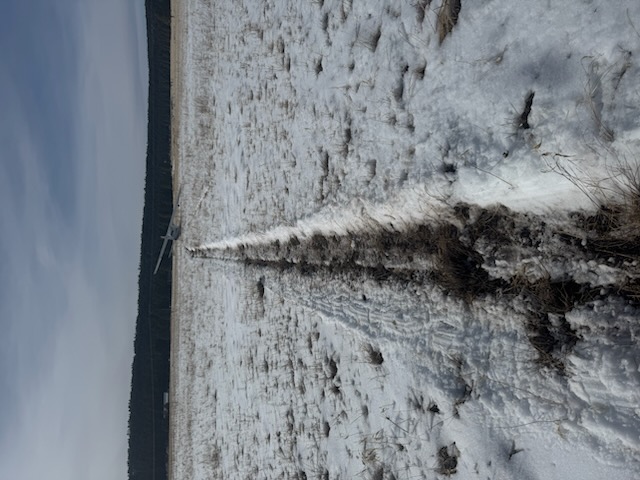
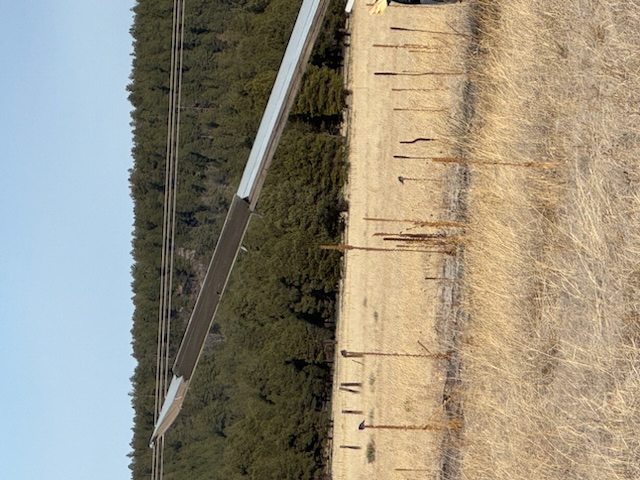
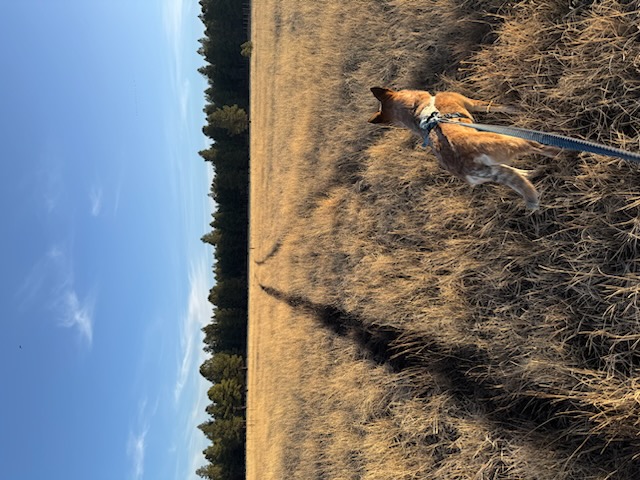
KT Thompson lives and writes in the mountain southwest. KT is the author of Blanket (Bloomsbury Academic) and teaches literature and creative nonfiction at Northern Arizona University.






